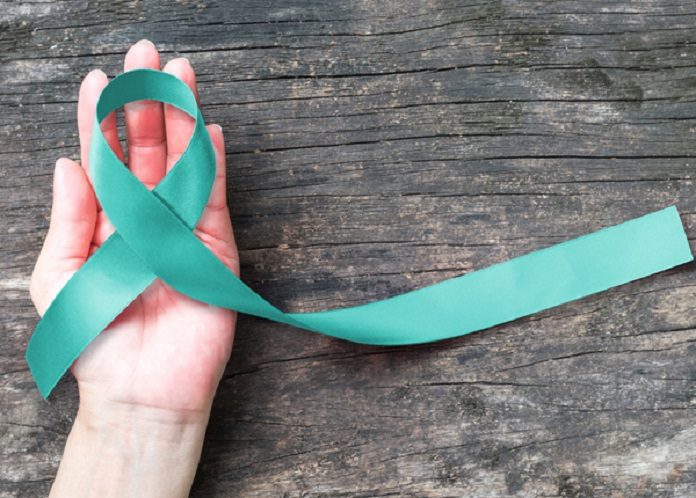Australia looks set to end up the principal nation on the world to wipe out cervical cancer, on account of national vaccination and screening programs which could see the malady successfully wiped out as a general medical problem inside 20 years.
According to a new study, the disease will soon be a rarity in Australia, with fewer than six new cases per 100,000 women by 2022, and fewer than four new cases per 100,000 women by 2035.
In 2007, Australia was one of the first countries to introduce a national human papillomavirus (HPV) vaccination programme, and it has since achieved high vaccination coverage across both sexes. In December 2017, organized cervical screening in Australia transitioned from cytology-based screening every 2 years for women aged from 18–20 years to 69 years, to primary HPV testing every 5 years for women aged 25–69 years and exit testing for women aged 70–74 years.
Researchers from the Australian Cancer Council noted, “If high-coverage vaccination and screening is maintained … cervical cancer could be considered to be eliminated as a public health problem in Australia within the next 20 years.”
The World Health Organisation says cervical cancer is the fourth most frequent cancer in women, with an estimated 570,000 new cases globally in 2018.
Ian Frazer, the immunologist who co-invented the Gardasil vaccine said, “It wasn’t something that I expected would happen quite that quickly. It makes me feel very proud that the research community can deliver the goods when it’s asked and can make a real difference in terms of world health.”
Australia moved to a new five-yearly HPV cervical screening test for women aged 25-74 last year, which replaced a two-yearly pap smear test. The new test looks for the presence of HPV, the virus that causes almost all cervical cancers, and it is expected to cut cases and deaths by at least 20%.
“Screening for women and Gardisal vaccinations for boys and girls are vital to eliminating the disease.”
“Those who have previously had the Pap test should have their next cervical screening test two years after their last pap test, after which point they can move to five-yearly screening.”
Greg Hunt said, “The Australian health minister Greg Hunt said, “I’ve had a scan since I started my treatment and tumour has shrunk beyond expectations. It had spread to my lymph nodes and just under my liver and now that can’t be detected anymore.”
The study is published in the journal Lancet.
